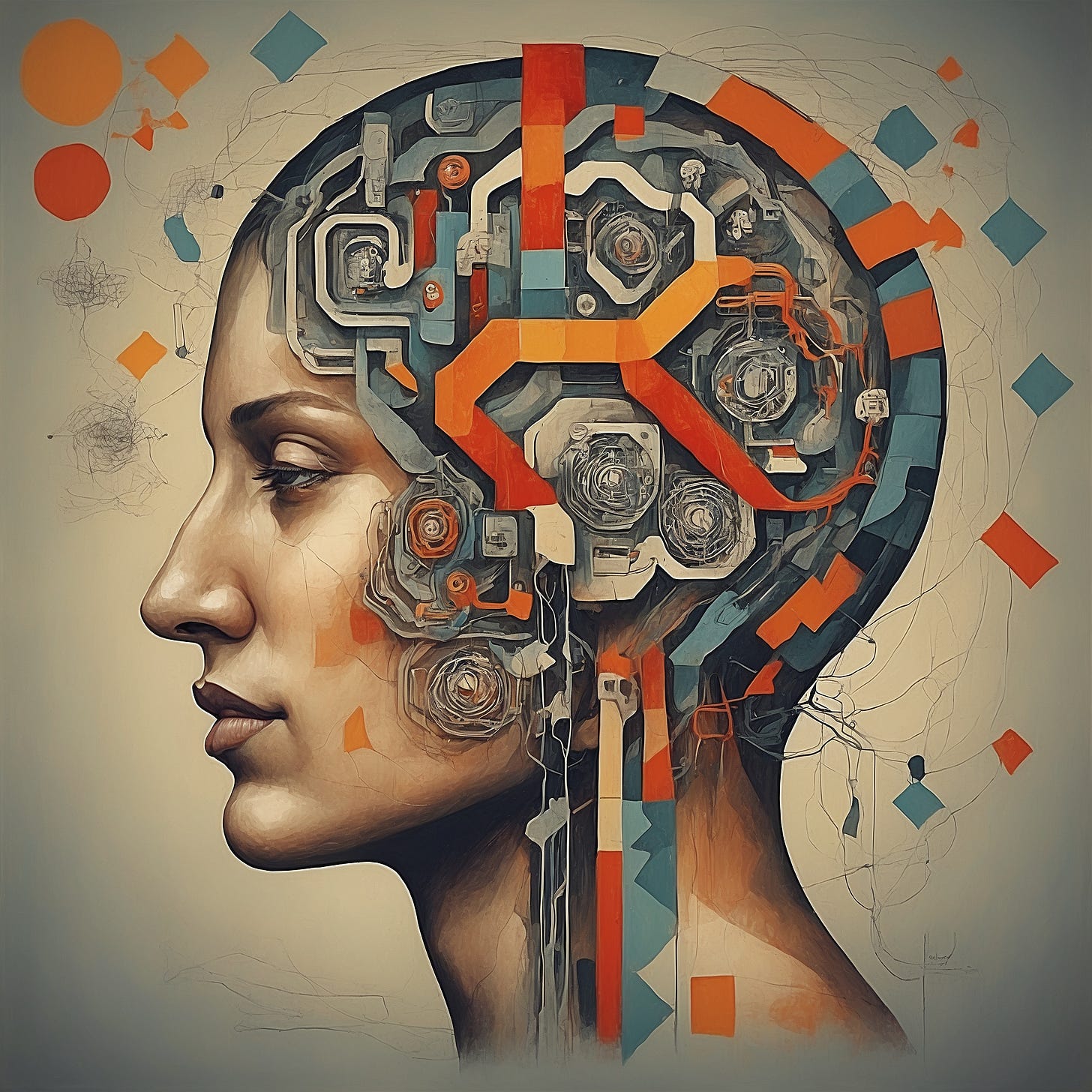Brain Creates Three Copies of A Single Memory
A research group headed by Professor Flavio Donato, working at Biozentrum under the aegis University of Basel, Switzerland has discovered unique characteristics of the memory forming mechanism of the brain. Using mouse models, the research group found that the hippocampus of the brain (the region of the brain associated recall values and learning from experience) uses three distinct group of neurons to store parallel memory copies or impressions of a single event. This revelation is in tandem with previous understanding of plasticity of memory of the brain according to researchers. To adapt and respond to new situations, researchers hypothesized that memory bank of the biological brain cannot be a fixed archive but must be dynamic in order to respond to new challenges. But the process itself was shrouded in mystery until now.
According to the research, newly born neurons are responsible for the long term persistence of memory, even though the access to such impressions might be too weak at first. But the access to this copy becomes stronger with passing time.
Whereas, the copy of the memory imprinted on late-born neurons are stronger and easy to access at first, but it fades over time. So, theoretically, one could lose access to this imprint of the memory if one waits long enough to access it.
That is why a third copy of the same memory could be observed among the neurons emerging between the two extremes in development.
The copy of a memory that is used in an instance might be linked to how easy it is to change a memory or to create a new one. As described earlier, memories written on late-born neurons can be modified and rewritten with time. Hence, remembering a situation just after it has taken place is recalled from the late-born neurons and the overall experience of that memory is integrated with the memory copy of the late-born neurons. Contrarily, remembering a situation a long time after the event is recalled or retrieved from the early-born neurons but the associated memory can no longer be modified. “How dynamically memories are stored in the brain is proof of the brain’s plasticity, which underpins its enormous memory capacity”, says first author Vilde Kveim.
The research and the findings of Dr. Donato’s team thus underpins the significant consequences on how remember, change and use our memories based on specific memory copies and their timing. “The challenge the brain faces with memory is quite impressive. On one hand, it must remember what happened in the past, to help us make sense of the world we live in. On the other, it needs to adapt to changes happening all around us, and so must our memories, to help us make appropriate choices for our future”, says Flavio Donato.
Further reading: https://www.unibas.ch/en/News-Events/News/Uni-Research/The-brain-creates-three-copies-for-a-single-memory.html


